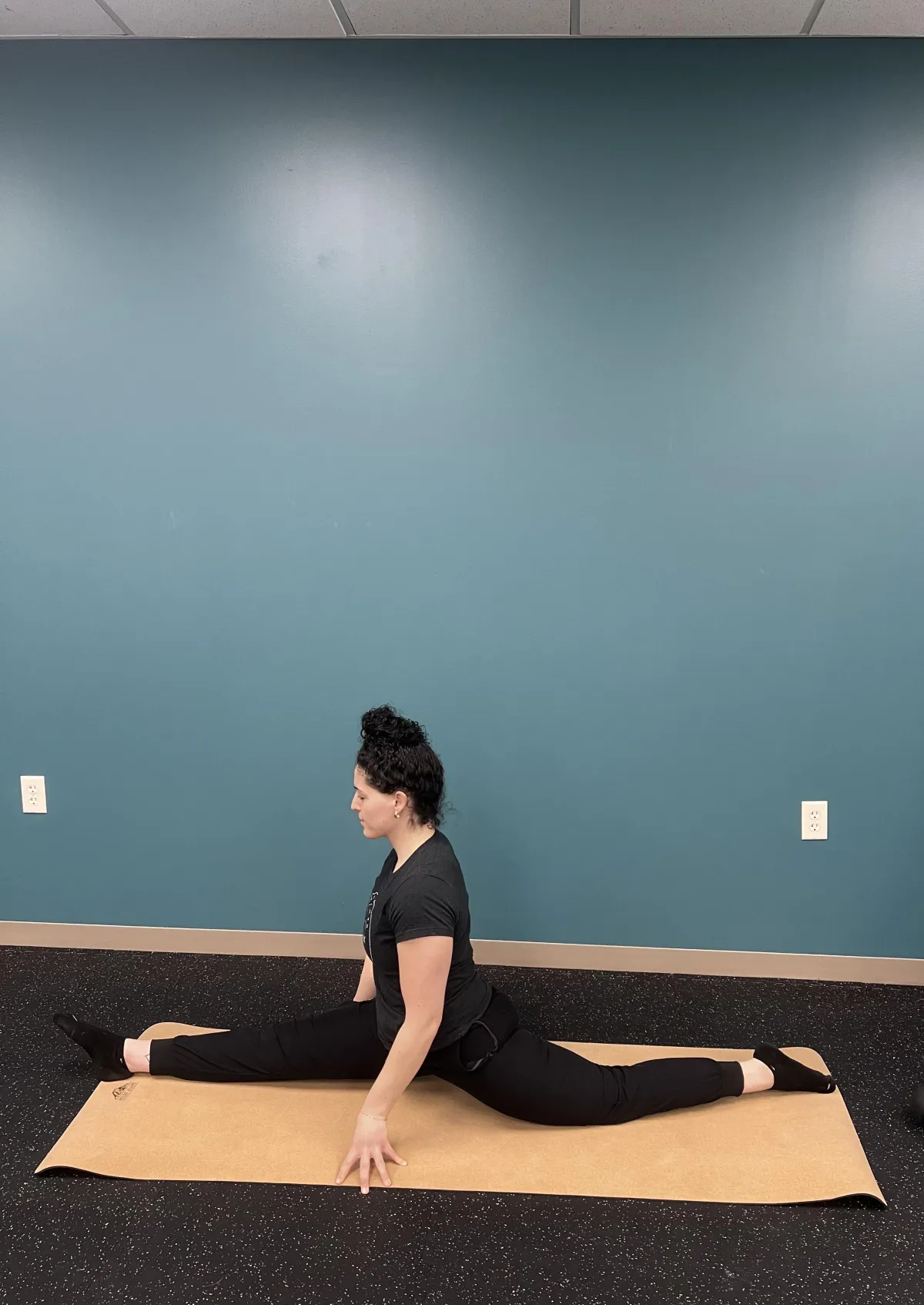Renew Health Blog 💭
Practical Pelvic Floor Thoughts from Your Experts at Renew Health

The Missing Link: How Hypermobility Affects Your Pelvic Floor, Core Strength & Whole-Body Stability
The Missing Link: How Hypermobility Affects Your Pelvic Floor, Core Strength & Whole-Body Stability
If you feel like your body is constantly shifting from one issue to another—one day it’s hip pain, the next it’s bladder leaks, then back pain—you’re not imagining things. For people with Generalized Hypermobility Spectrum Disorder (HSD) or Ehlers-Danlos Syndrome (EDS), the body’s connective tissue isn’t providing the stability it should, affecting joints, muscles, core strength, and even the pelvic floor.
But here’s the thing: hypermobility is rarely addressed in standard pelvic floor therapy. That’s why so many people with hypermobility continue to struggle with pelvic dysfunction, pain, and instability—despite trying traditional approaches.
This blog is your guide to understanding how hypermobility affects your body and what you can do to regain strength, stability, and confidence.
What is Hypermobility and How Does it Affect the Pelvic Floor?
Hypermobility means your connective tissue (collagen) is more elastic than normal. Instead of providing firm support, your joints and muscles rely on extra effort to stay stable. This affects your pelvic floor, core strength, and overall body stability.
1️⃣ Pelvic Floor Dysfunction (Too Tight, Too Weak, or Both!)
Your pelvic floor muscles may be:
✔ Too weak & lengthened → Leading to bladder leaks, prolapse, and poor core support
✔ Too tight & overactive → Causing pelvic pain, painful intercourse, or constipation
✔ Uncoordinated → Making it hard to fully relax or engage your pelvic floor correctly
💡 Traditional Kegels often don’t work for hypermobility—because many people already have overactive, imbalanced pelvic floor muscles.
2️⃣ Pelvic Floor Engagement
People with hypermobility often:
✔ Overuse their upper abs & breath-hold instead of using deep core muscles
✔ Struggle with low back pain, poor posture, and SI joint instability
✔ Have difficulty finding true core stability without over-tightening
💡 If your core isn’t working correctly, your pelvic floor can’t either. Strengthening needs to focus on deep, controlled activation—not just “squeezing” muscles.
3️⃣ Whole-Body Instability & Joint Pain
Hypermobility doesn’t just affect the pelvic floor—it impacts every joint in your body.
✔ SI Joint & Hip Instability → Leading to pelvic misalignment, pain, and difficulty with standing or exercise
✔ Knee & Foot Weakness → Affecting balance, gait, and pressure on the pelvic floor
✔ Postural Imbalances → Creating neck, back, and shoulder tension due to compensations
💡 Building strength for hypermobility isn’t about “getting stronger” alone—it’s about training your body to stabilize without over-relying on the wrong muscles.
Why Traditional Pelvic Floor Therapy Often Falls Short
Since hypermobility affects the entire body, treatment must go beyond just Kegels and core exercises. At Renew Health, we take a whole-body approach that focuses on stability, strength, and functional movement.
Get Expert Help for Hypermobility and Pelvic Floor Issues
At Renew Health in East Longmeadow, MA, we specialize in helping individuals with hypermobility and Ehlers-Danlos Syndrome (EDS) overcome symptoms like pelvic pain, bladder leaks, prolapse, and chronic instability by addressing the root causes. We focus on restoring muscle balance, improving joint stability, and providing expert guidance on movement, breath work, and long-term strength strategies—so you can move with confidence, feel supported in your body, and regain control of your well-being.
Curious if pelvic floor therapy is right for you? Fill out our contact form to chat with one of our pelvic health specialists!
📋 Contact Us
📍 Renew Health – East Longmeadow, MA
🔗 Related Blog Posts (Deep Dives into Key Topics!)
🔹 Pelvic Floor Dysfunction in Hypermobility: Why Kegels Might Be Making It Worse
🔹 Hypermobility, POTS & Pelvic Health: How They’re All Connected
🔹 Pelvic Organ Prolapse & Hypermobility: Why It Happens and What Can You Do
Frequently Asked Questions
Q: Can hypermobility cause pelvic floor dysfunction?
Yes. Because connective tissues are too elastic, joints and muscles—including the pelvic floor—struggle to stay stable.
Q: Should people with hypermobility do Kegels?
Not always. Many already have overactive or uncoordinated pelvic floor muscles. A tailored approach is essential.
Give Us A Follow for More Pelvic Floor Physical Therapy Content!
Contact Us
Phone: (413) 224-6657
Fax: (413) 273-8203
Email: [email protected]
280 N. Main Street Suite 10A, East Longmeadow, MA 01028

